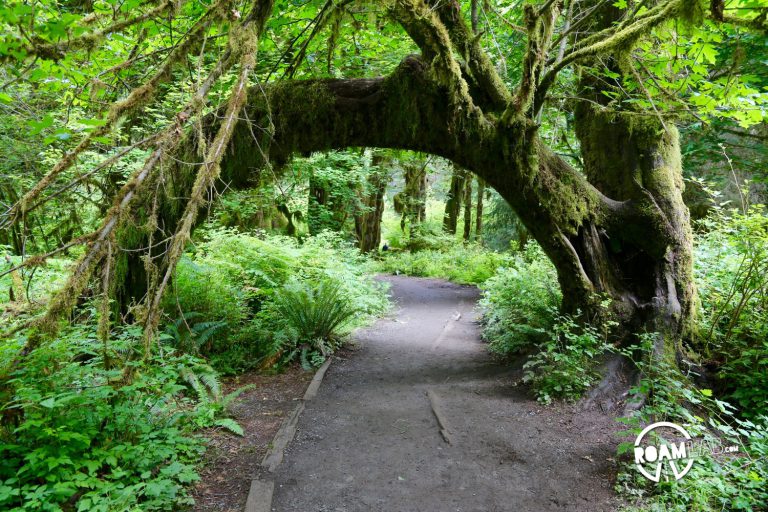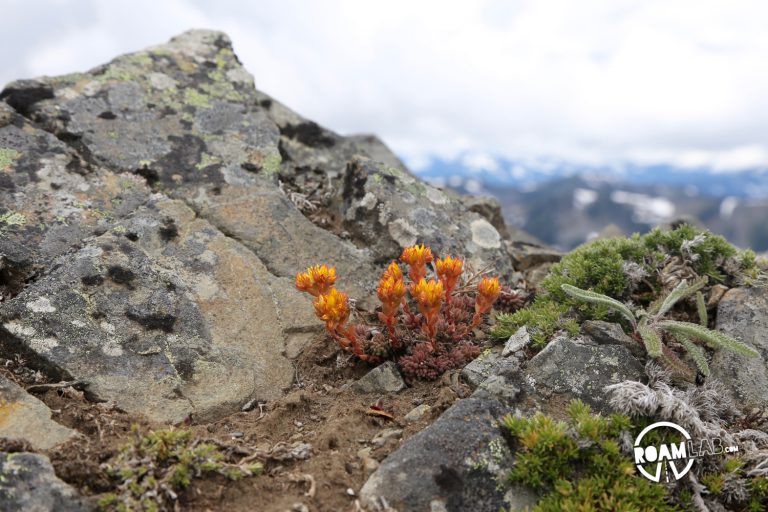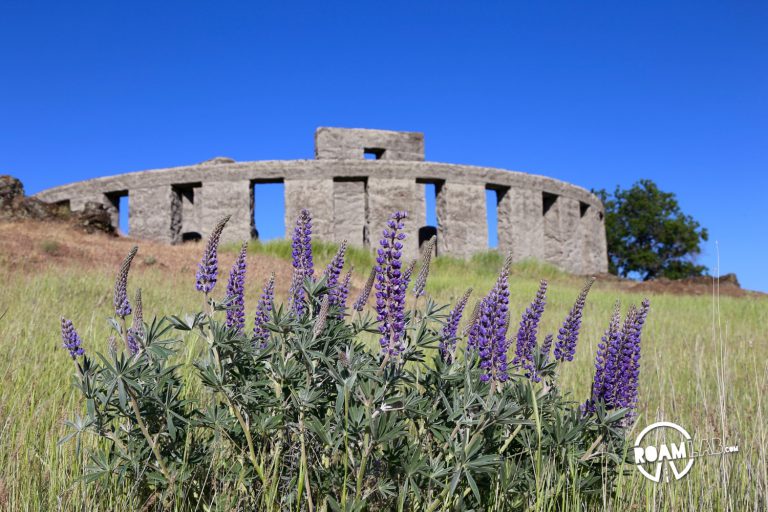Beach 4 Tide Pools

Not more than a half hour drive from the muddy Mosses Trail brought us to Beach 4 and some of Olympic National Park's tide pools.

Not more than a half hour drive from the muddy Mosses Trail brought us to Beach 4 and some of Olympic National Park's tide pools.

Olympic National Park is remarkable for its high longitude rainforests. What is possibly even more remarkable is how much you can see in less than a mile loop that is Mosses Trail.

We had heard tails of terror about visiting Obstruction Point. It was a perilous route, in story. In reality, this six mile road is the best groomed single lane dirt trail we have ever driven. Even small cars like a Honda Civic seems to travel the road with little issue. The perilous part is the immediate cliff that we travel along resulting in accelerated heartbreak and some of the best views in all of Olympic National Park.

They did it for the toilets. They did it for the tides. After a fire decimated Seattle in 1889, the city planners saw an opportunity to correct a massive and pungent civic challenge: sewage.

There are four gun batteries in Fort Ward. One is along the main paved path that most visitors stroll by when exploring this military outpost come public park. The other is concealed by massive trees, elevated well above the main area of the park and accessible from a relatively discreet dirt path. This is where the troubled teens and would be graffiti artists find some solitude to blow off steam and deface historic structures.

Poulsbo, Washington could be called "Little Scandinavia." There is no shortage of viking images, Ollie & Lena jokes, and so very many baked goods.

No, not that Stonehenge, the other one. The one along the Washington-Oregon border that some road baron built along with his utopian society. Samuel Hill had dreams of creating an ideal quaker community. Instead, his home is now an art museum and he is, possibly best known for his concrete reproduction of Stonehenge. The Maryhill Stonehenge happens to hold the distinction of being the first WWI memorial in the United States built to honor the dead. It may have helped that it was built before the war was even over. At the time, scholars considered Stonehenge to be a place of human sacrifice. As a Quaker, Hill considered building his Stonehenge as a reminder that people were still being sacrificed to the god of war.